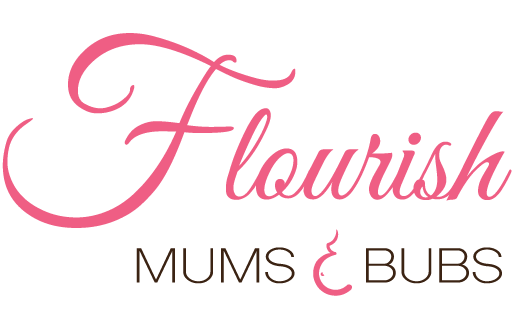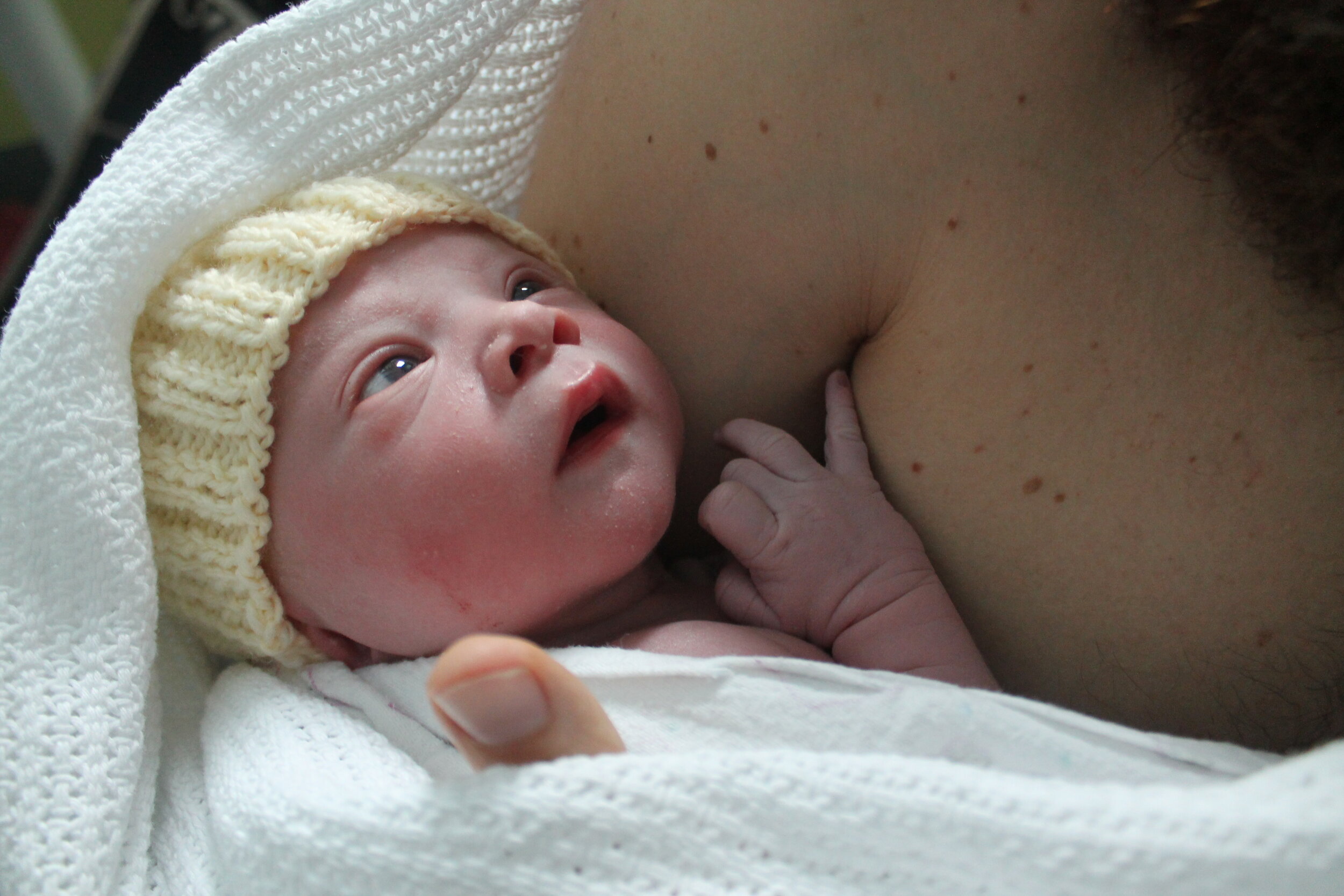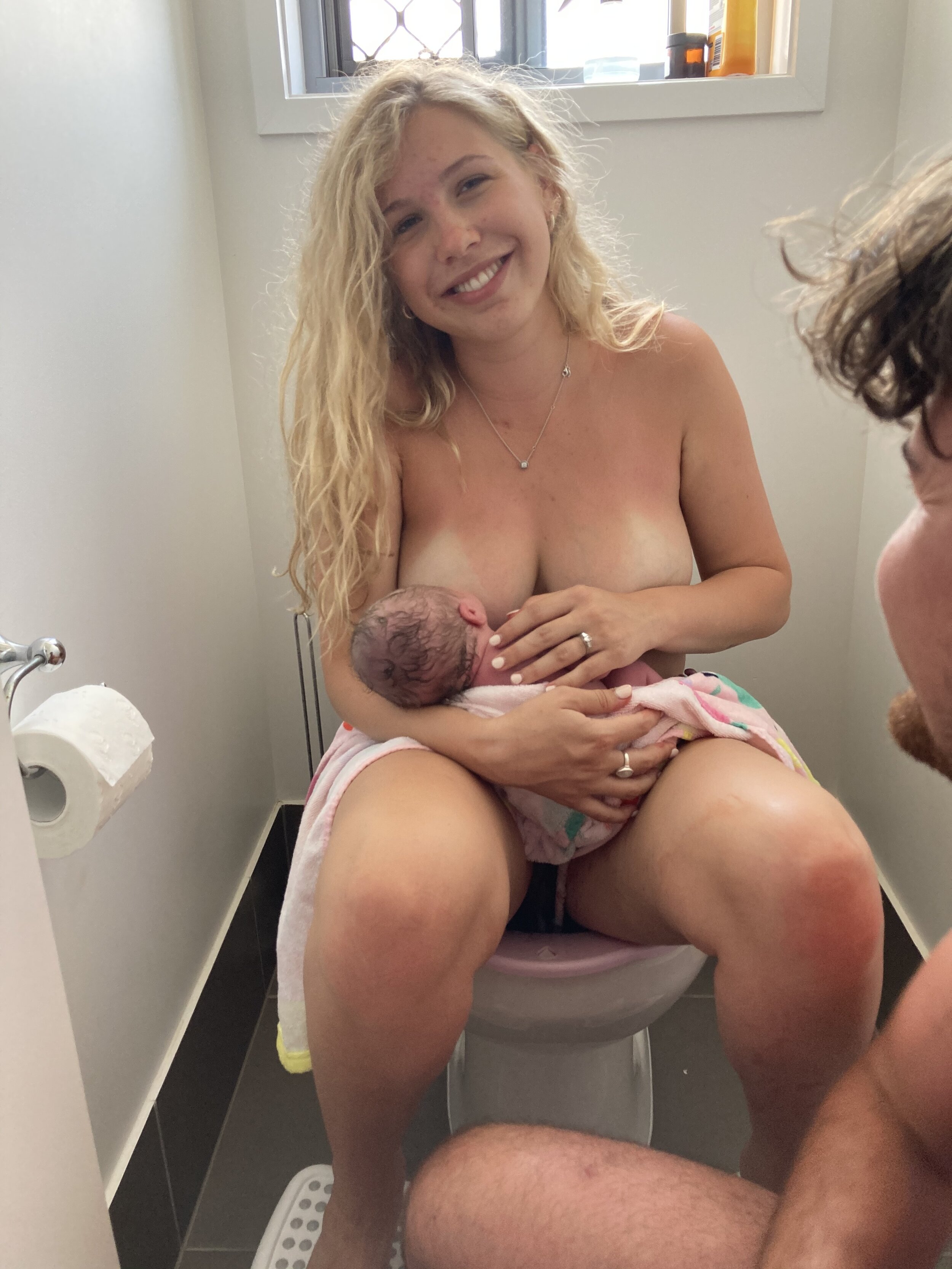Support your baby’s well-being
Working as a doula there are many hospital protocols and procedures I educate and prepare my clients for. One of the most simple procedures that is rushed at the cost of your baby’s well-being is "umbilical cord clamping”.
For many years there was no evidence as to why it was important to delay cord clamping but this is no longer the case.
One of many studies available was conducted by Erickson-Owens and this is a little of what she had to say.
"When we wait at LEAST 5 minutes to clamp the cord of healthy babies, there is a return of the infant's own blood from the placenta, up to 50 percent of the baby's iron-rich blood cells," So when the brain needs red blood cells (and iron) to make myelin, the robustness of the iron stores make a big difference,"
She goes on to say that the practice of immediate clamping of the cord is still a widespread practice in many hospitals.
I think most of us know the value of iron and how important avoiding anaemia in a newborn must be, but what is the iron connection to myelin?
Myelin is a fatty substance in the brain that wraps around all of the axons of the nerve cells. "It's an insulator and very important in the transfer of messages across the nerve cells in the brain. It's assumed that the better the myelination, the more efficient the brain processing is," "The regions of the brain affected by increased myelination are those associated with motor, sensory processing/function and visual development.
So what is the rush to clamp and cut the cord?
The cord clamp is made of either metal or plastic and is literally a clamp that once clamped tight stops the return of your baby’s blood from the placenta. My client's birth plans state, “do not clamp our baby’s cord until it's stopped pulsating and turned white”. This can sometimes take a good 15 minutes.
What’s the rush, the cord doesn’t have to be cut for the placenta to be born?
Did you know you can actually leave the cord attached to your baby for an hour or even days?. There's even a ritual known as Lotus Birth where the baby remains attached to their placenta until the cord dries and falls off. This ritual isn't for everyone but it does prove there really isn't any rush to cut the cord other than getting you cleaned up and out of the birth room ready for the next patient.
I encourage you to do what's right for you and your baby. Stay strong and communicate your wishes with your care providers. As long as all is well with you and your baby it's safe to delay cord clamping.
Your baby deserves the best start in life.




